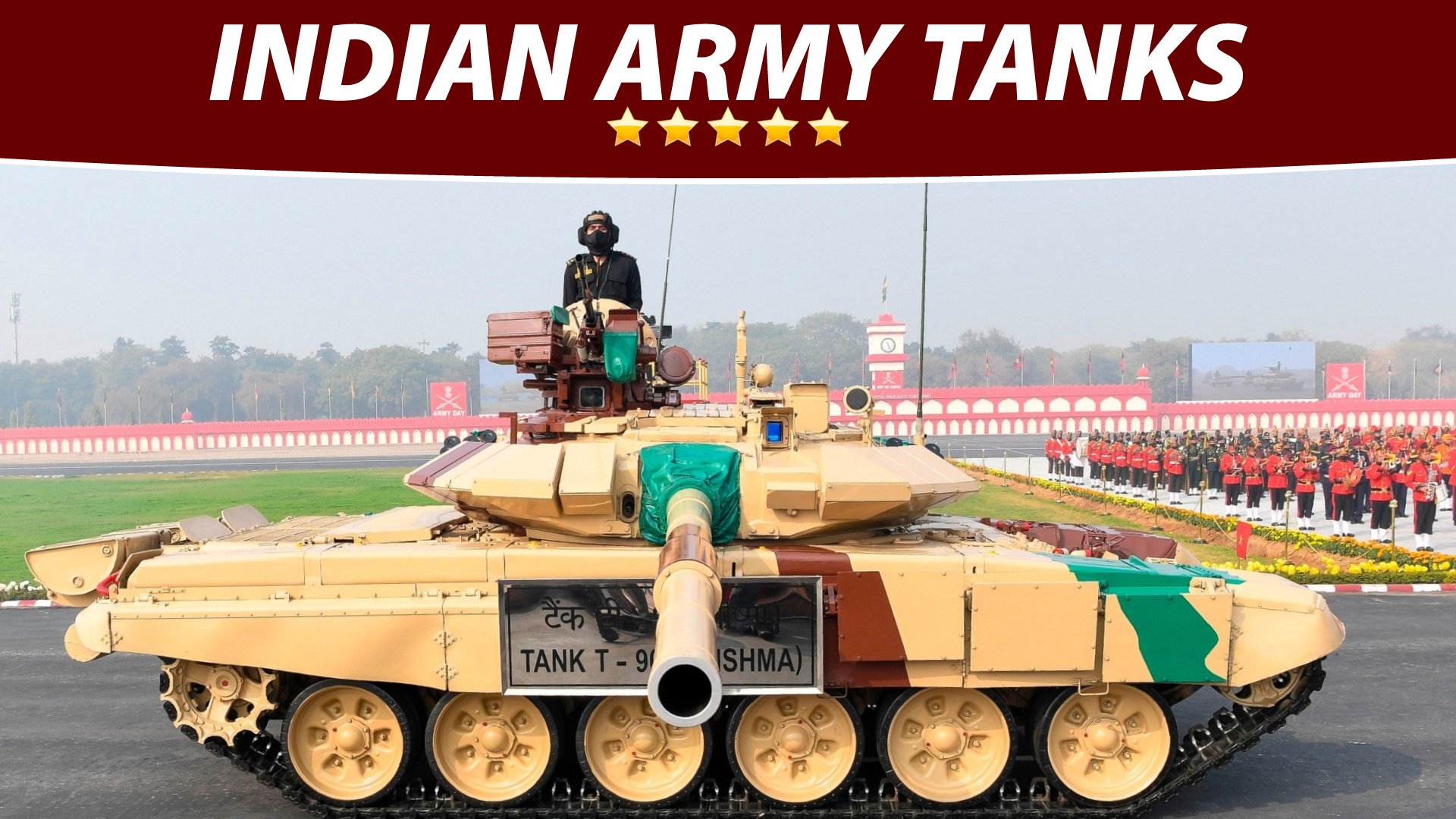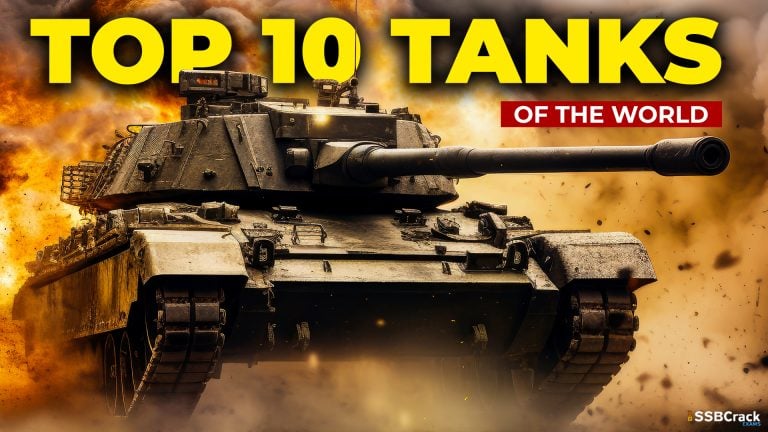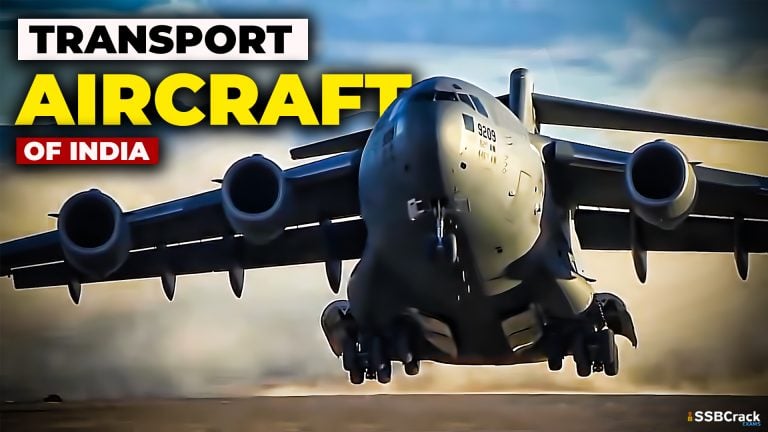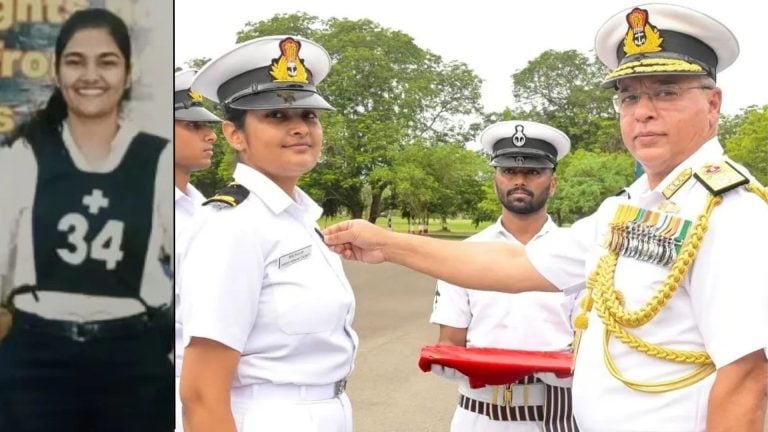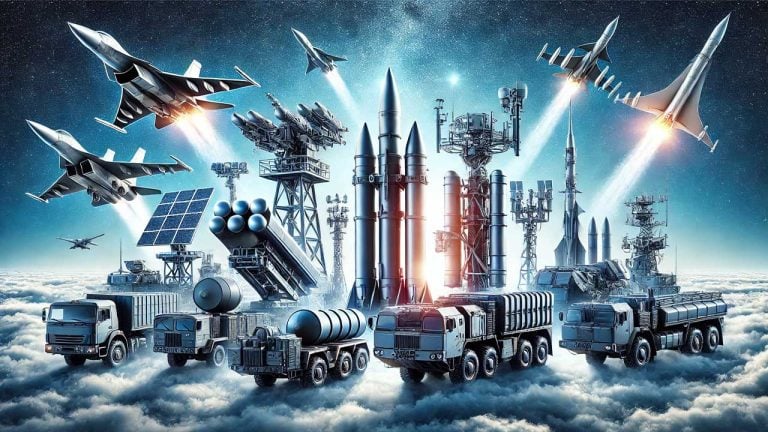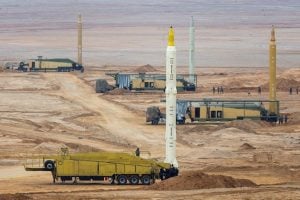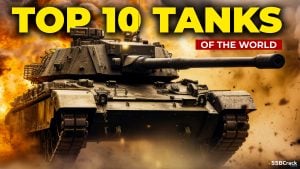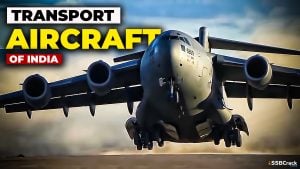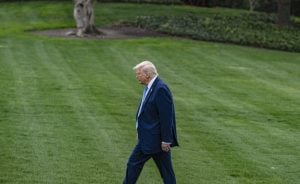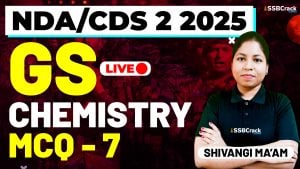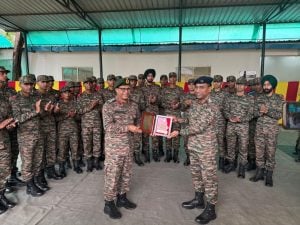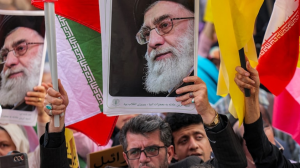The variety of terrain that the Indian Army deals with demands the use of specialised tanks. In recent years we have focused on building indigenous vehicles and modifying foreign tanks to cater to our needs.
Here are the top 10 tanks used by the Indian Army :
Arjun
The Arjun is a third-generation main battle tank designed for the Indian Army by the Defence Research and Development Organisation’s Combat Vehicles Research and Development Establishment. Work on the design began in 1986 and was completed in 1996. In 2004, the Indian Army accepted the Arjun main combat tank into service. The Arjun was originally awarded to the 43rd Armoured Regiment, which was founded in 2009.

The Arjun tanks are fitted with the Integrated Fire Control System, a BEL-developed indigenous firefighting system (IFCS). To give an accurate shooting solution, the IFCS comprises a digital ballistic computer that cues information from microprocessor-based sensors for wind-speed, tilt angle, target range, vehicle speed, and so on. The Arjun’s IFCS is designed for fast target acquisition in any weather conditions, with a “first round-first hit probability.”
T-90/Bhishma

The T-90S is the most recent addition to Russia’s T-series of tanks, and it boasts increased firepower, mobility, and protection. Uralvagonzavod in Nizhny Tagil, Russia, produces it. It was first used by the Russian Army in 1992. The Indian Army secured a deal for 310 T-90S tanks in February 2001, 124 were built in Russia and the remainder was shipped in ‘knocked down’ shape for final assembly in India.
At a range of up to 5 kilometres, it is designed to attack tanks equipped with explosive reactive armour (ERA) as well as low-flying air targets such as helicopters. The 9M119 or 9M119M missiles, which feature semi-automatic laser beam-riding guidance and a hollow charge warhead, are fired by the missile system. The missile weighs 23.4 kg. The automated loader on the weapons will feed munitions as well as missiles.
T-72/Ajeya

The T-72 battle tank was developed at the Malyshev HMB Plant in Kharkov, Ukraine, and UKBM Nizhny Tagil, Russia, and exported to a number of nations under licence. The T-72 was initially produced in 1972, and an estimated 50,000 have been produced since then. We modified the tank to suit our needs, producing Ajeya MK1 and Ajeya MK2. These tanks are used extensively throughout the LAC (Line of Actual Control).The commander’s cupola is armed with a 125mm D-81 smoothbore cannon, a 7.62mm coaxial machine gun, and a 12.7mm air defence machine gun. The T-72S is equipped with 45 rounds of 125mm ammunition, 22 of which are loaded automatically from a carousel. The 9K120 Svir (NATO designation AT-11 Sniper) anti-armour missile system was developed by the KBP Instrument Design Bureau in Tula. The system is designed to engage both ERA-equipped tanks and low-flying air targets. It has a range of 100 to 4,000 metres and must be fired when the tank remains immobile.
BMP-2/Sarath

The BMP-2M is an enhanced variant of the BMP-2 infantry fighting vehicle (IFV). The IFV, designed and constructed by Kurganmashzavod JSC, provides military forces with increased mobility and firepower. KBP Instrument Design Bureau is responsible for the updated vehicle’s armament system. The vehicle was also on display during the Tampere 2015 Comprehensive Security Exhibition. BMP-2 “Sarath,” commonly known as the BMP-II, is an Indian license-produced derivative of the BMP-2, manufactured by Ordnance Factory Medak. In 1987, the first vehicle was completed using KBP-supplied components. By 1999, India had manufactured around 90% of the entire vehicle and its accompanying systems. By 2007, it was expected that 1,250 vehicles had been constructed. Around 2,500 Saraths had been manufactured as of February 2020.
BMP-1

BMP-1 was built by the Soviet Union during the late sixties and early seventies. The BMP is an amphibious infantry combat vehicle that is fully armoured . The commander, gunner, and driver make up the crew of this infantry combat vehicle. Behind the driver, Commander may be found. In addition, the vehicle transports an infantry squad of eight fully outfitted personnel. The BMP-1 has two rear entrance doors, roof hatches, shooting ports, and other features that make it a genuine infantry combat vehicle that not only transports men into battle, but also supports dismounts with its weaponry on the battlefield. However, the BMP-1’s modest interior dimensions were always a disadvantage.
Tank Ex

The main battle tank produced by the Indian Defence Research and Development Organisation (DRDO) in 2002 was codenamed Tank Ex, or MBT Ex. Tank Ex was created as a follow-up to the DRDO’s Ajeya project, in order to leverage on the technology established for that project. It went through six months of testing before it was turned down by the Indian Army. Eight Tank Ex prototypes were manufactured in all.
NBC Reconnaissance Vehicle Mk-I

This tank has been designed by the Defence Research and Development Organisation (DRDO), to detect the presence of Nuclear, Biological or Chemical (NBC) agents in the atmosphere in the event of a NCB war.
Carrier Mortar Tracked

The Carrier Mortar Tracked vehicle is based on the Sarath tank. The mortar is fired from a two-door aperture on the roof of the hull. It has a maximum range of 5,000 metres and fires at a regular rate of 6-8 rounds per minute. It can be operated by all mechanised infantry battalions and travels with the leading mechanised units, providing immediate fire support up to a depth of five kilometres behind enemy lines. It can also defend crew members from mortar fire. The vehicle has amphibious capabilities in addition to offering services as aerial targets.
Armoured Engineer Reconnaissance Vehicle

The Armoured Engineer Reconnaissance Vehicle (AERV) is an Indian military engineering vehicle developed by the Vehicle Research and Development Establishment, Ahmednagar, in collaboration with the Research and Development Establishment, Pune, and C-TEC, in accordance with the Indian Army’s QRs to allow combat engineers to conduct reconnaissance operations. Ordnance Factory Medak is the company that manufactures it. The AERV is based on the Sarath hull (a licenced variant of the Russian BMP-2) and is designed to conduct terrestrial and riverbed surveys in order to facilitate the construction of assault bridges across water obstacles in both offensive and defensive operations in plains, deserts, and river system terrain.
DRDO Armoured Ambulance

The armoured ambulance is prepared to offer emergency medical care to war wounded and was designed by the Combat Vehicles Research and Development Establishment, a division of the Defence Research and Development Organisation, and built at the Ordnance Factory, Medak. It contains medical features such as continuous ECG monitoring, a ventilator, a suction machine to remove undesired fluids, a DC refrigerator to keep pharmaceuticals fresh, and an air conditioner with optional heating.
Also Read: Top 10 Missiles Of Indian Armed Forces
To crack the SSB Interview, You can join our SSB interview live classes batch and we recommend you to Enroll SSB INTERVIEW ONLINE COURSE. Trusted by thousands of defence aspirants.


